 Welcome
Welcome
“May all be happy, may all be healed, may all be at peace and may no one ever suffer."
Cerebral palsy
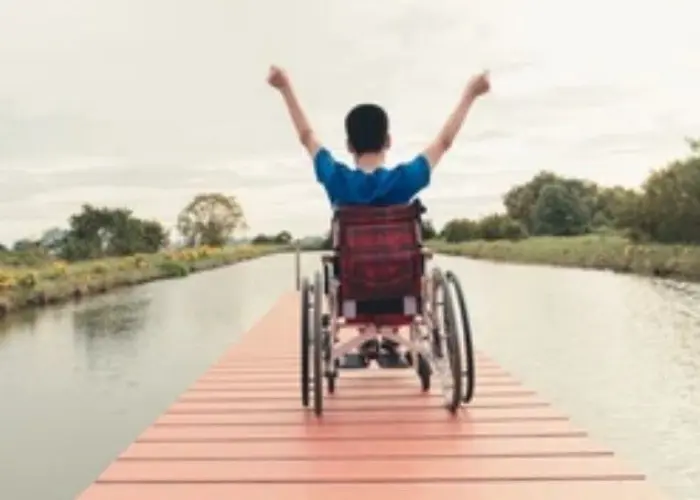
Cerebral palsy (CP) is a group of neurological disorders that affect movement, muscle tone, and coordination. CP is caused by damage to the developing brain before, during, or shortly after birth. Symptoms of CP can vary widely and may include stiff or weak muscles, tremors, difficulty with coordination and balance, and developmental delays. The severity of symptoms can range from mild to severe, and CP can affect one or more limbs or the entire body. Treatment for CP is aimed at managing symptoms and improving quality of life. This may include physical therapy, occupational therapy, speech therapy, medication, and surgery. A team of healthcare providers, including specialists in neurology, physical therapy, and rehabilitation, can work together to develop a personalized treatment plan for individuals with CP. While CP is a lifelong condition, early intervention, and ongoing treatment can help individuals with CP achieve their full potential and lead fulfilling lives.
Research Papers
Disease Signs and Symptoms
- Weak muscle tone (hypotonia)
- Lack of balance and muscle coordination (ataxia)
- Stiff muscles with normal reflexes (rigidity)
- Stiff muscles and exaggerated reflexes (spasticity)
- Variations in muscle tone, such as being either too stiff or too floppy
- Hearing problems or deafness
- Seizures
- Difficulty speaking
- Speech problems
- Muscle weakness
- The brain disorder causing cerebral palsy doesn't change with time, so the symptoms usually don't worsen with age.
Disease Causes
Cerebral palsy
Cerebral palsy is caused by abnormal brain development or damage to the developing brain. This usually happens before a child is born, but it can occur at birth or in early infancy. In many cases, the cause isn't known. Many factors can lead to problems with brain development. Some include:
- Gene mutations that result in genetic disorders or differences in brain development
- Maternal infections that affect the developing fetus
- Fetal stroke, a disruption of blood supply to the developing brain
- Bleeding into the brain in the womb or as a newborn
- Infant infections that cause inflammation in or around the brain
- Traumatic head injury to an infant, such as from a motor vehicle accident, fall or physical abuse
- Lack of oxygen to the brain related to difficult labor or delivery, although birth-related asphyxia is much less commonly a cause than historically thought
Disease Prevents
Cerebral palsy
Most cases of cerebral palsy can't be prevented, but you can reduce risks. If you're pregnant or planning to become pregnant, you can take these steps to keep healthy and minimize pregnancy complications:
- Make sure you're vaccinated. Getting vaccinated against diseases such as rubella, preferably before getting pregnant, might prevent an infection that could cause fetal brain damage.
- Take care of yourself. The healthier you are heading into a pregnancy, the less likely you'll be to develop an infection that results in cerebral palsy.
- Seek early and continuous prenatal care. Regular visits to your doctor during your pregnancy are a good way to reduce health risks to you and your unborn baby. Seeing your doctor regularly can help prevent premature birth, low birth weight and infections.
- Avoid alcohol, tobacco and illegal drugs. These have been linked to cerebral palsy risk.
Rarely, cerebral palsy can be caused by brain damage that occurs in childhood. Practice good general safety. Prevent head injuries by providing your child with a car seat, bicycle helmet, safety rails on the bed and appropriate supervision.
Disease Treatments
Children and adults with cerebral palsy may require lifelong care with a medical care team. Besides a pediatrician or physical medicine and rehabilitation specialist (physiatrist) and possibly a pediatric neurologist to oversee your child's medical care, the team might include a variety of therapists and mental health specialists. These experts give special attention to needs and issues that are more common in people with cerebral palsy and can work together with your primary care provider. Together you can develop a treatment plan.
There is no cure for cerebral palsy. However, there are many treatments options that may help improve your child's daily functioning. Selecting care will depend on his or her specific symptoms and needs, and needs may change over time. Early intervention can improve outcomes.
Treatment options can include medications, therapies, surgical procedures and other treatments as needed.
Medications
Medications that can lessen muscle tightness might be used to improve functional abilities, treat pain and manage complications related to spasticity or other cerebral palsy symptoms.
- Muscle or nerve injections. To treat tightening of a specific muscle, your doctor might recommend injections of onabotulinumtoxinA (Botox), or another agent. The injections will need to be repeated about every three months.
- Side effects can include pain at the injection site and mild flu-like symptoms. Other more-serious side effects include difficulty breathing and swallowing.
- Oral muscle relaxants. Drugs such as baclofen, tizanidine (Zanaflex), diazepam (Valium) or dantrolene (Dantrium) are often used to relax muscles.
- In some cases, baclofen is pumped into the spinal cord with a tube (intrathecal baclofen). The pump is surgically implanted under the skin of the abdomen.
- Medications to reduce drooling. One option is Botox injections into the salivary glands.
Talk to your doctor about benefits and risks and possible side effects of recommended medication options.
Therapies
A variety of therapies play an important role in treating cerebral palsy:
- Physical therapy. Muscle training and exercises can help your child's strength, flexibility, balance, motor development and mobility. You'll also learn how to safely care for your child's everyday needs at home, such as bathing and feeding your child. Your therapist can provide guidance on how you can continue muscle training and exercise at home between therapy visits.
- For the first 1 to 2 years after birth, both physical and occupational therapists work on issues such as head and trunk control, rolling, and grasping. Later, both types of therapists are involved in wheelchair assessments.
- Braces, splints or other supportive devices might be recommended for your child to help with function, such as improved walking, and stretching stiff muscles.
- Occupational therapy. Occupational therapists work to help your child gain independence in daily activities and routines at home and school and in the community. Adaptive equipment recommended for your child can include walkers, wide-based canes, standing and seating systems, or electric wheelchairs.
- Speech and language therapy. Speech-language pathologists can help improve your child's ability to speak clearly or to communicate using sign language. They can also teach the use of communication devices, such as a computer and voice synthesizer, if communication is difficult. Speech therapists can also address difficulties with eating and swallowing.
- Recreational therapy. Some children benefit from regular or adaptive recreational or competitive sports, such as therapeutic horseback riding or skiing. This type of therapy can help improve your child's motor skills, speech and emotional well-being. Both adults and children benefit from regular physical activity and exercise for general health and fitness.
Surgical procedures
Surgery may be needed to lessen muscle tightness or correct bone abnormalities caused by spasticity. These treatments include:
- Orthopedic surgery. Children with severe contractures or deformities might need surgery on bones or joints to place their arms, spine, hips or legs in their correct positions. Surgical procedures can also lengthen muscles and lengthen or reposition tendons that are shortened by contractures. These corrections can lessen pain and improve mobility. The procedures can also make it easier to use a walker, braces or crutches.
- Cutting nerve fibers (selective dorsal rhizotomy). In some severe cases, when other treatments haven't helped, surgeons might cut the nerves serving specific spastic muscles in a procedure called selective dorsal rhizotomy. This relaxes the muscle in the legs and reduces pain, but can cause numbness.
Disease Diagnoses
Disease Allopathic Generics
Disease Ayurvedic Generics
Disease Homeopathic Generics
Disease yoga
Cerebral palsy and Learn More about Diseases

Heat rash
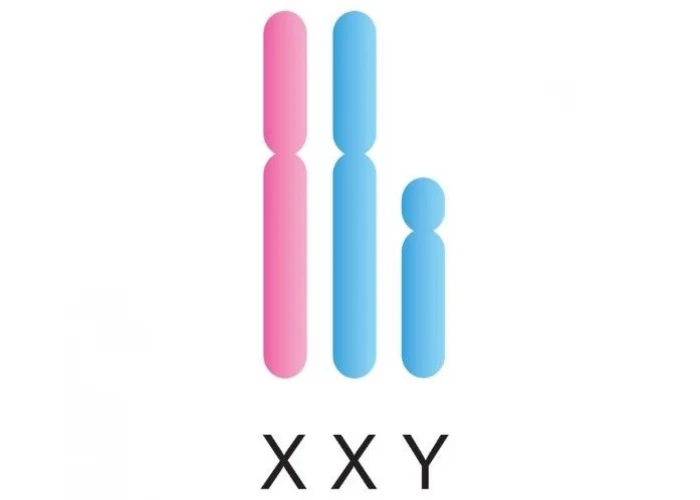
Klinefelter syndrome
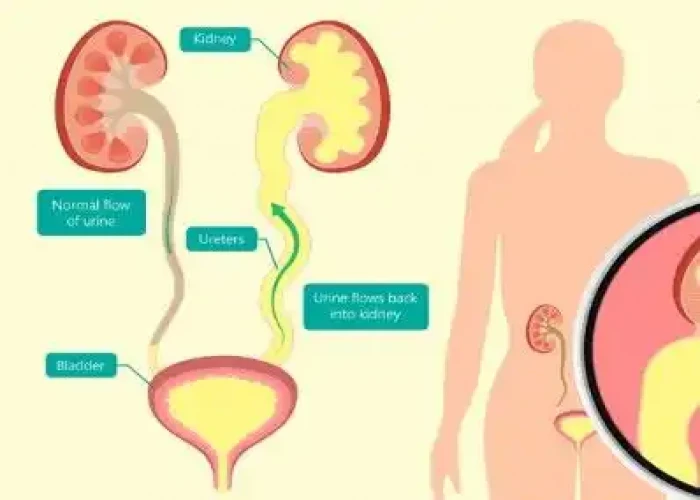
Vesicoureteral reflux
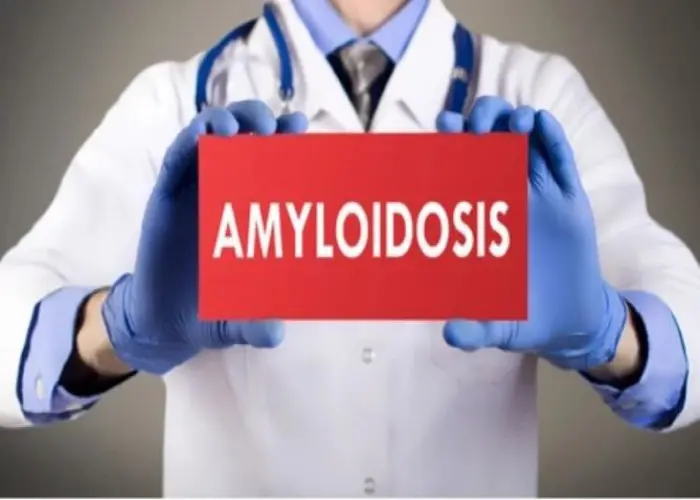
Angiosarcoma

Perimenopause

Ulnar wrist pain
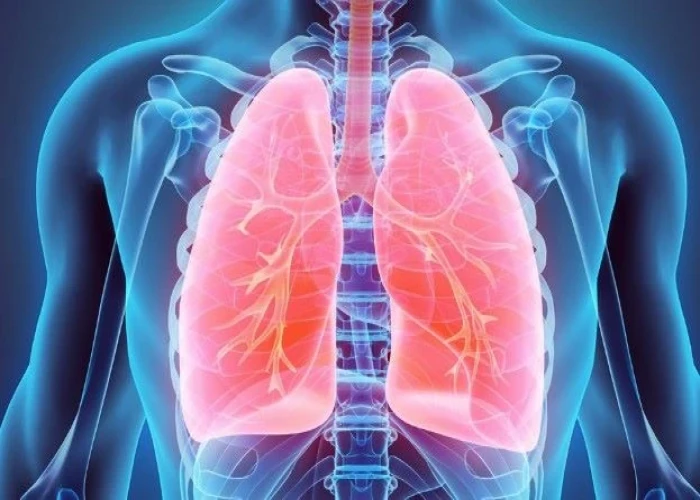
Lung Abesess

Impotency
Cerebral palsy, Types of cerebral palsy, Dyskinetic, সেরিব্রাল প্যালসি
To be happy, beautiful, healthy, wealthy, hale and long-lived stay with DM3S.
